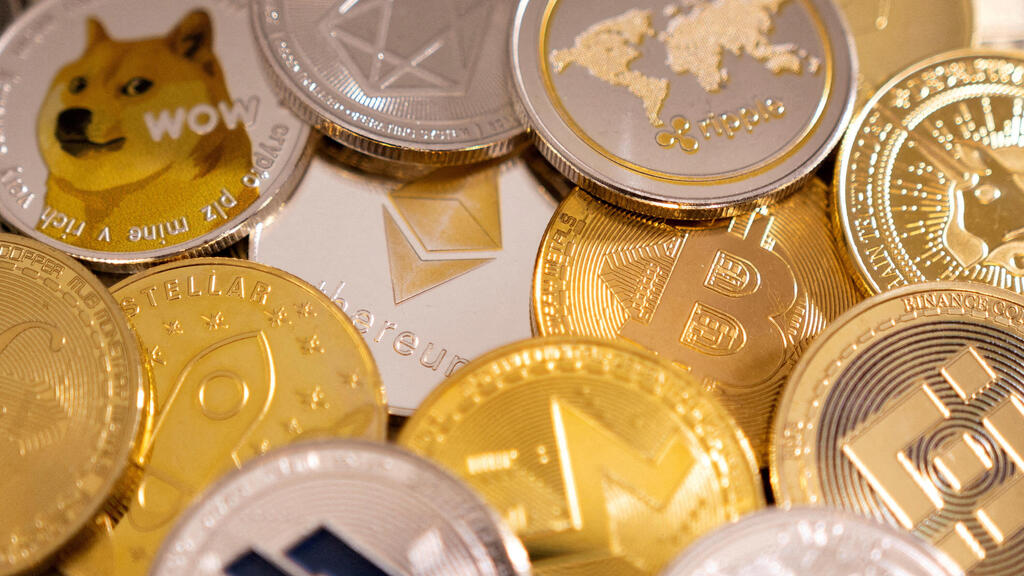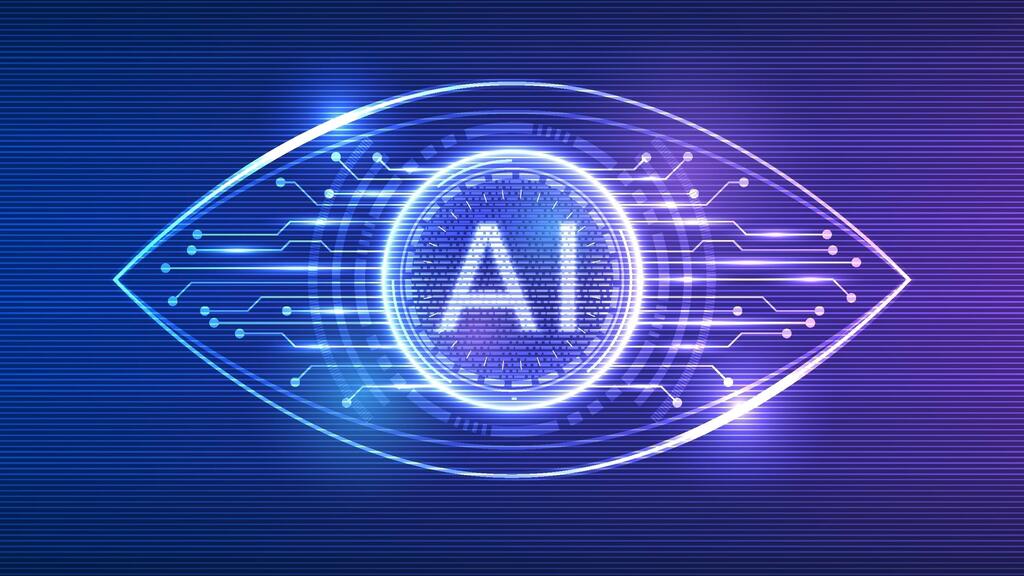Are we building a new digital divide?
China’s digital walled garden
Take China. The state’s embrace of AI and blockchain is less about empowerment, more about control. The digital yuan, powered by AI-driven surveillance and blockchain’s immutable ledgers, is not a tool of liberation but a velvet handcuff. Every transaction is traceable, every anomaly flagged. The state’s message is clear: “Innovate, but on our terms.” This is not the decentralized dream of Satoshi Nakamoto; it’s digital Leninism, and it’s spreading.
Estonia’s digital trust—for the few
Then there’s Estonia, the darling of digital governance. Its e-Residency and blockchain health records are the envy of technocrats everywhere. But let’s not kid ourselves: Estonia’s model works because of high digital literacy, a tiny population, and a culture of trust. Try exporting that to a country with fractured institutions or low internet penetration, and watch the system buckle. Estonia is a digital Monaco, not a blueprint for the world.
Nigeria’s leapfrog—or leap of faith?
And what of Nigeria, where AI-powered crypto wallets promise to leapfrog the old financial order? Yes, millions are bypassing broken banks and corrupt bureaucrats. But they’re also exposed to a Wild West of scams, volatility, and regulatory uncertainty. For every entrepreneur empowered, there’s a family wiped out by a rug pull or a phishing attack. Is this progress, or just a new form of digital Darwinism?
The new digital divide
Here’s the uncomfortable truth: AI and crypto are not flattening the world. They are creating a new digital divide—between those with the skills, infrastructure, and institutional trust to thrive, and those left to navigate a minefield of risk and misinformation. The winners are not the world’s poor or marginalized, but the digitally fluent, the well-connected, and the already powerful.
Who watches the algorithms?
And let’s not forget: as AI agents trade, verify, and even create value on our behalf, the locus of trust shifts from people to code. But who audits the auditors? Who governs the governors? In China, it’s the state. In Estonia, it’s a technocratic elite. In Nigeria, it’s often nobody at all.
A call for digital empathy and global standards
If we want AI and crypto to be forces for inclusion, not exclusion, we need more than code and coins. We need digital empathy—systems designed for the many, not the few. And that empathy must be translated into clear global standards.
Digital currencies, including AI-powered tokens, should be recognized as legal tender—free from excessive regulation and capital gains taxes on everyday transactions. Individuals must be guaranteed the right to hold, use, and manage their own digital assets and AI-generated data without undue interference. Data should be treated as personal property, protected by opt-in consent systems.
At the same time, we must resist the rise of mandatory digital identity tracking and surveillance systems that undermine privacy and freedom. Innovation should not be stifled by unnecessary red tape; startups and small ventures deserve a regulatory environment that encourages open experimentation. Technical standards for AI and blockchain should emerge from open collaboration—not centralized control.
 Prof. Ilan AlonPhoto: LinkedIn
Prof. Ilan AlonPhoto: LinkedInMining and computing resources must be treated like any other industry, with fair access to infrastructure and no discriminatory taxation. Above all, financial privacy and freedom must be preserved, with regulations applied only where truly necessary—targeting fraud and coercion, not innovation. This is not just a matter of policy—it is a moral imperative for a truly inclusive digital future.
Conclusion: The mirage or the oasis?
The AI-crypto revolution is real, but so is the risk of a new digital mirage—shimmering with promise, but receding as we approach. It’s time to ask, with clear eyes and open minds: are we building bridges, or walls? The answer will shape not just our digital future, but the very fabric of our societies.

